UTS National First Nations College Architectural Design Competition concludes

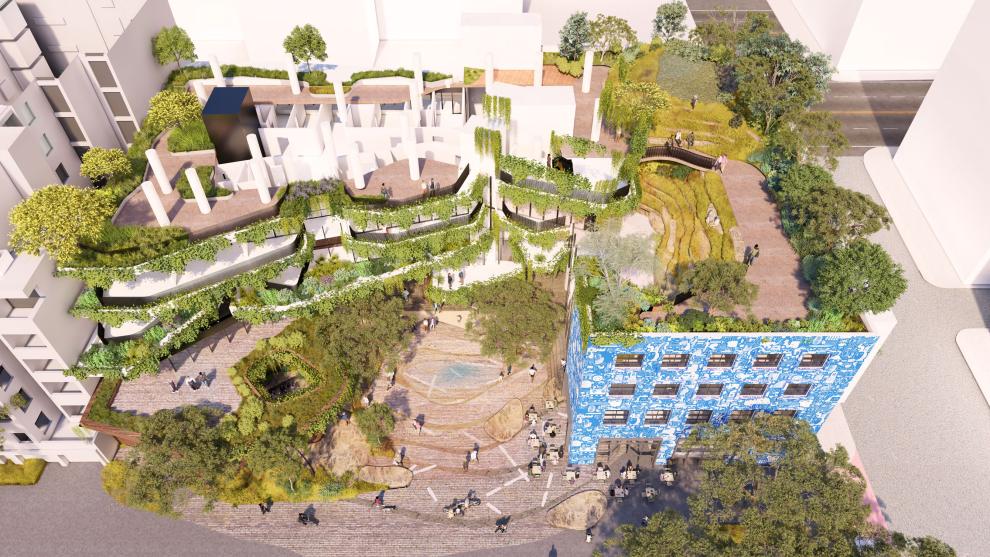
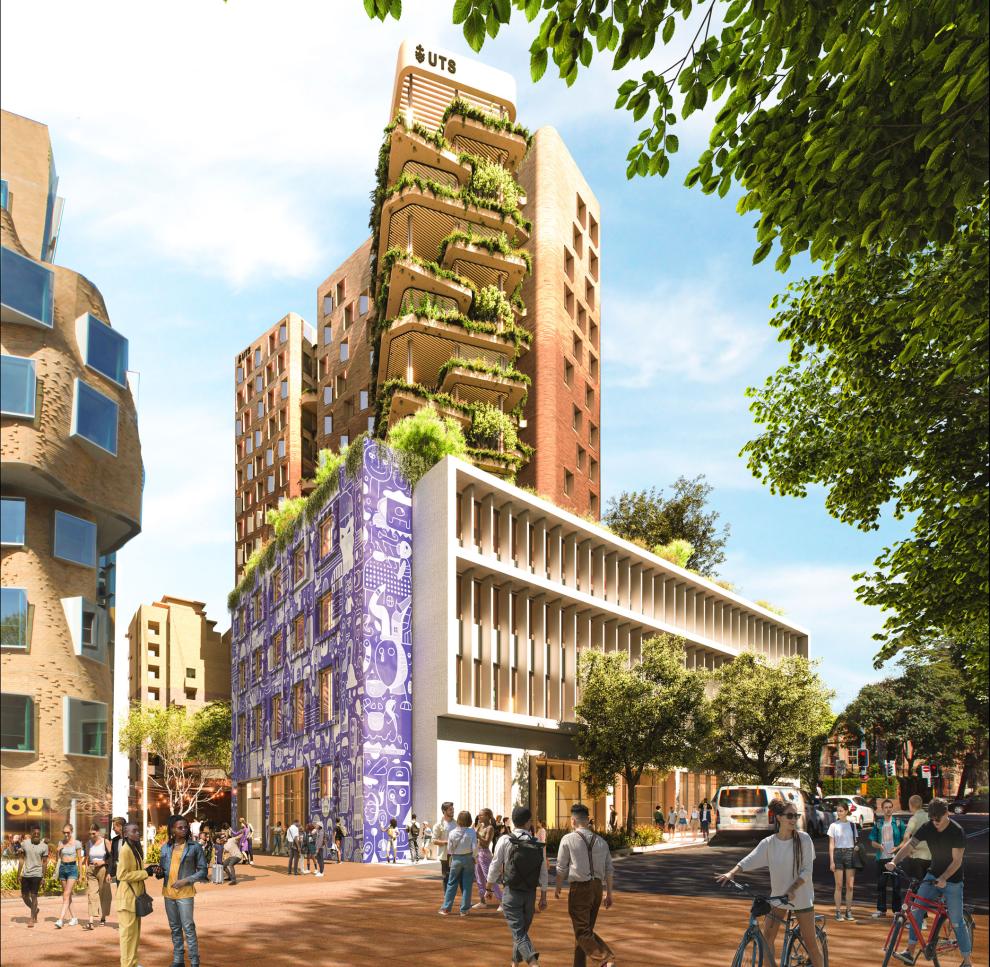
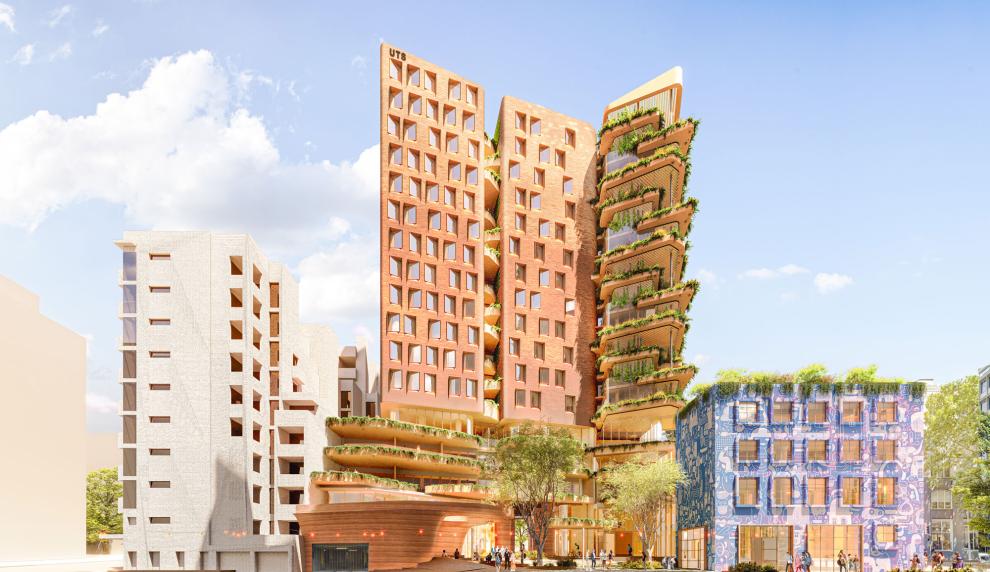
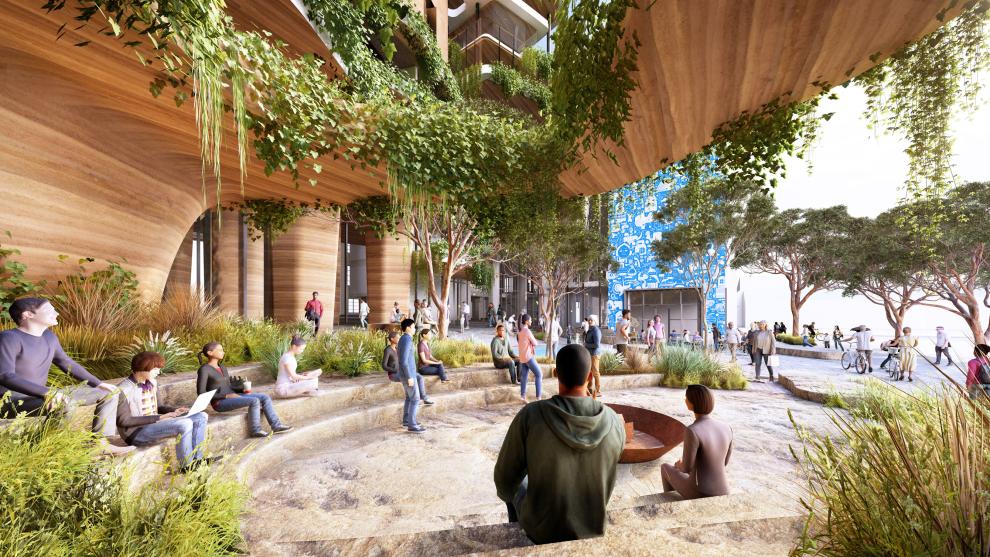
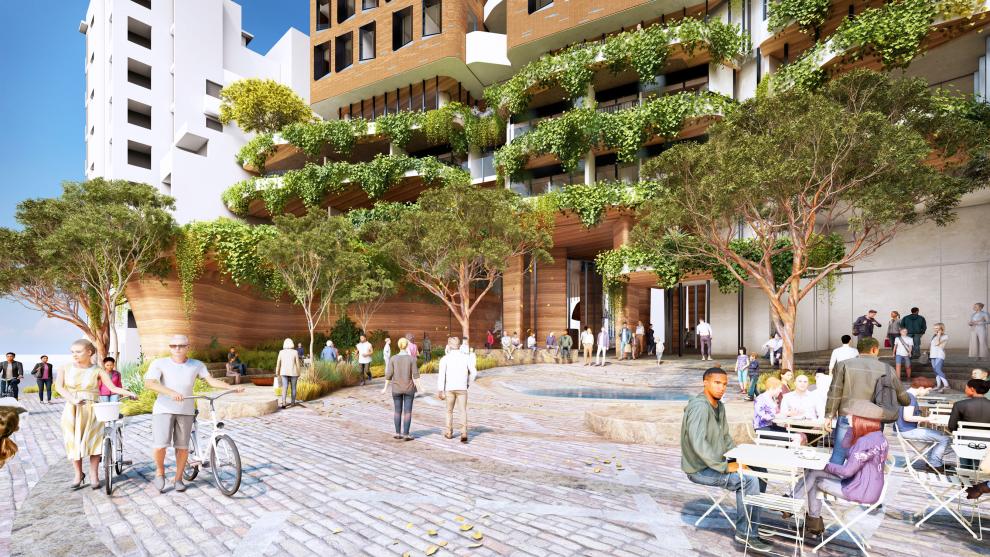


UTS is excited to announce the winning team for the National First Nations College architectural design competition are Greenaway Architects, Warren and Mahoney, and OCULUS.
Professor Robynne Quiggin, UTS Pro-Vice-Chancellor (Indigenous Leadership and Engagement) said Indigenous voices were central to the entire design competition process, in keeping with the University’s philosophy of Indigenous self-determination.
Cultural Design Lead of the winning team, Jefa Greenaway of Greenaway Architects, a descendant of the Wailwan and Kamilaroi peoples of northwest NSW, said the College will become a global exemplar of how we think about a college specifically aligned to the needs of First Nations people. “We’re building on the deep legacy of Indigenous knowledge in order to come up with a new model of a what a First Nations college is in the 21st century,” said Mr Greenaway.
“The College aims to create an environment where students – Indigenous and non-Indigenous – can thrive and celebrate Indigenous identity and culture, while setting a new benchmark for excellence in Indigenous education and research,” Professor Quiggin said.
Simon Topliss of Warren and Mahoney has been selected as Architectural Design Lead.
Mr Topliss explained, “we are privileged to be working on this project with UTS and our project partners, which brings Traditional Custodian insight to the forefront through a bold and contextual design response."
Bob Earl, from OCULUS, has been selected as Landscape Design Lead.
“Our team’s deep collaboration was always embedded in Country and committed to a people focused approach setting out to enrich the student experience and celebrate the power of Country in a contemporary urban context," said Mr Earl.
The National First Nations College will be built on Gadigal land at Harris Street, Ultimo. The building will embody architectural and design excellence and promote caring for Country – the complex interconnectedness between Indigenous people, the natural environment and the spiritual world.
As well as being home to students, the building will showcase contemporary Indigenous art, film, performance and storytelling, and strongly acknowledge Traditional Custodians and local communities.
Design themes
Design proposals for the College were required to respond to and realise the following themes, principles and aspirations illustrated below. National First Nations College
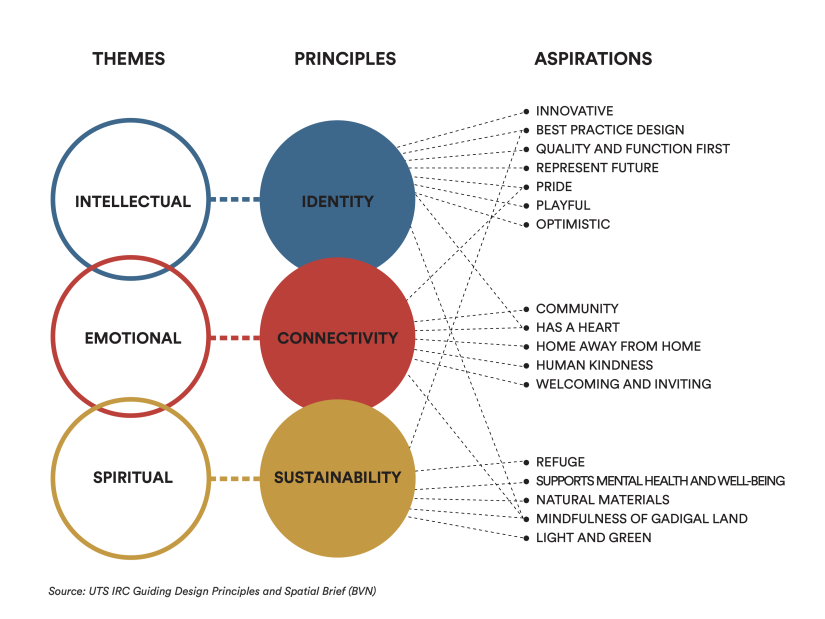
Design themes diagram - text only version
The image represents the themes, principles and aspirations which the design of the National First Nations College (NFNC) should support. These are represented in columns, with the themes and principles appearing in coloured circles under their respective column headings. The three themes are “Intellectual”, “Emotional” and “Spiritual,” and the principles these correspond to respectively are “Identity,” “Connectivity” and “Sustainability.” Each of these theme–principle pairings is mapped to NFNC aspirations, represented by a connecting line. Some NFNC aspirations are aligned to more than one theme–principle pairing.
The Intellectual-Identity theme–principle pairing links to the following aspirations for the NFNC:
- Innovative
- Best practice design
- Quality and function first
- Represent future
- Pride
- Playful
- Optimistic
- Has a Heart
- Mindfulness of Gadigal Land.
The Emotional-Connectivity theme–principle pairing links to the following aspirations for the NFNC:
- Community
- Has a heart
- Home away from home
- Human kindness
- Welcoming and inviting
- Mindfulness of Gadigal Land.
The Spiritual–Sustainability theme–principle pairing links to the following aspirations for the NFNC:
- Refuge
- Supports mental health and wellbeing
- Natural materials
- Mindful of Gadigal Land
- Light and green.
FAQs
Why did UTS conduct a design competition for the National First Nations College?
UTS wants the College building to be a long-standing example of our commitment to excellence in Indigenous education and research. Holding an architectural competition facilitated a diverse range of ideas and designs, and ensured design excellence.
What was the design competition process?
The architectural design competition process was undertaken in accordance with the provisions of the Sydney Local Environmental Plan 2012 (SLEP 2012), the Pyrmont Peninsula Design Guidelines, and the City of Sydney Competitive Design Policy.
UTS adopted a two-stage design competition process:
Stage 1: Expression of Interest stage (2 December 2022 – 2 February 2023)
An EOI Selection Panel carefully considered the eligibility and demonstrated experience of Australian architectural and landscape design teams to arrive at a shortlist of design teams who would be invited to participate in Stage 2 of the design competition.
Stage 2: Design competition (27 July 2023 – 1 December 2023)
Six design teams shortlisted from Stage 1 Expressions of Interest participated in the design competition, which ran for eight weeks.
The design competition commenced with briefings for all teams on the project vision, the opportunity to hear from technical advisers.
Cultural Design Leads from the six design teams and other Indigenous design team members participated in workshops with a Gadigal Elder to share cultural knowledge.
Following a period for technical assessment, the six teams presented their design proposals to the competition jury, who carefully deliberated and selected a winning design.
Were design teams required to be Aboriginal and/or Torres Strait Islander to participate in the Design Competition?
In keeping with the philosophy of Indigenous self-determination and Indigenous leadership at all stages of this project, each of the six teams appointed an Aboriginal and/or Torres Strait Islander architect or suitably qualified designer as Cultural Design Lead. The Cultural Design Lead was required to lead and have agency over the cultural design of all aspects of the National First Nations College project.
The nominated Cultural Design Lead was required to be Aboriginal and/or Torres Strait Islander, but this eligibility requirement did not apply to all members of the design teams.
How was the winning design selected?
The winning design was selected by a Competition Jury after presentations from each of the design teams and careful deliberations.
Six jury members were selected prior to the competition commencing in July 2023. Half of the jury were nominated by UTS and half by the City of Sydney Council.
Was Indigenous consultation (including with Aboriginal and/or Torres Strait Islander Elders) part of the design competition process?
Indigenous self-determination and Indigenous leadership underpin all stages of the College project. Indigenous voices were central to the design competition.
The key elements of the design competition brief were prepared by an Indigenous Australian architect and included Guiding Design Principles, a Spatial Brief, and a Schedule of Accommodation. This brief was prepared in consultation with UTS Indigenous leaders, staff, students, and alumni and reflected the wishes and requirements of the UTS Indigenous community.
Indigenous community engagement and consultation formed a valuable part of the Stage 2 design competition. As an early part of the design competition briefing process, the Cultural Design Leads were invited to meet with local Indigenous knowledge holders for an on-site Welcome Ceremony and an opportunity share to local cultural knowledge. This was followed up with a second workshop for the Cultural Design Leads and all Indigenous members of the design teams.
An Indigenous Stakeholder Reference Group of Indigenous Elders (including an Indigenous Traditional Descendent) and members of the UTS Indigenous staff, student, and alumni body acted as cultural advisors to the design competition jury, undertaking a cultural review of all design submissions and providing a report to the competition jury (as did other technical advisors in relation to other aspects of the designs).
Banner artwork by Maddison Gibbs, a Barkindji woman who completed a Bachelor of Design majoring in Animation at UTS in 2019.

